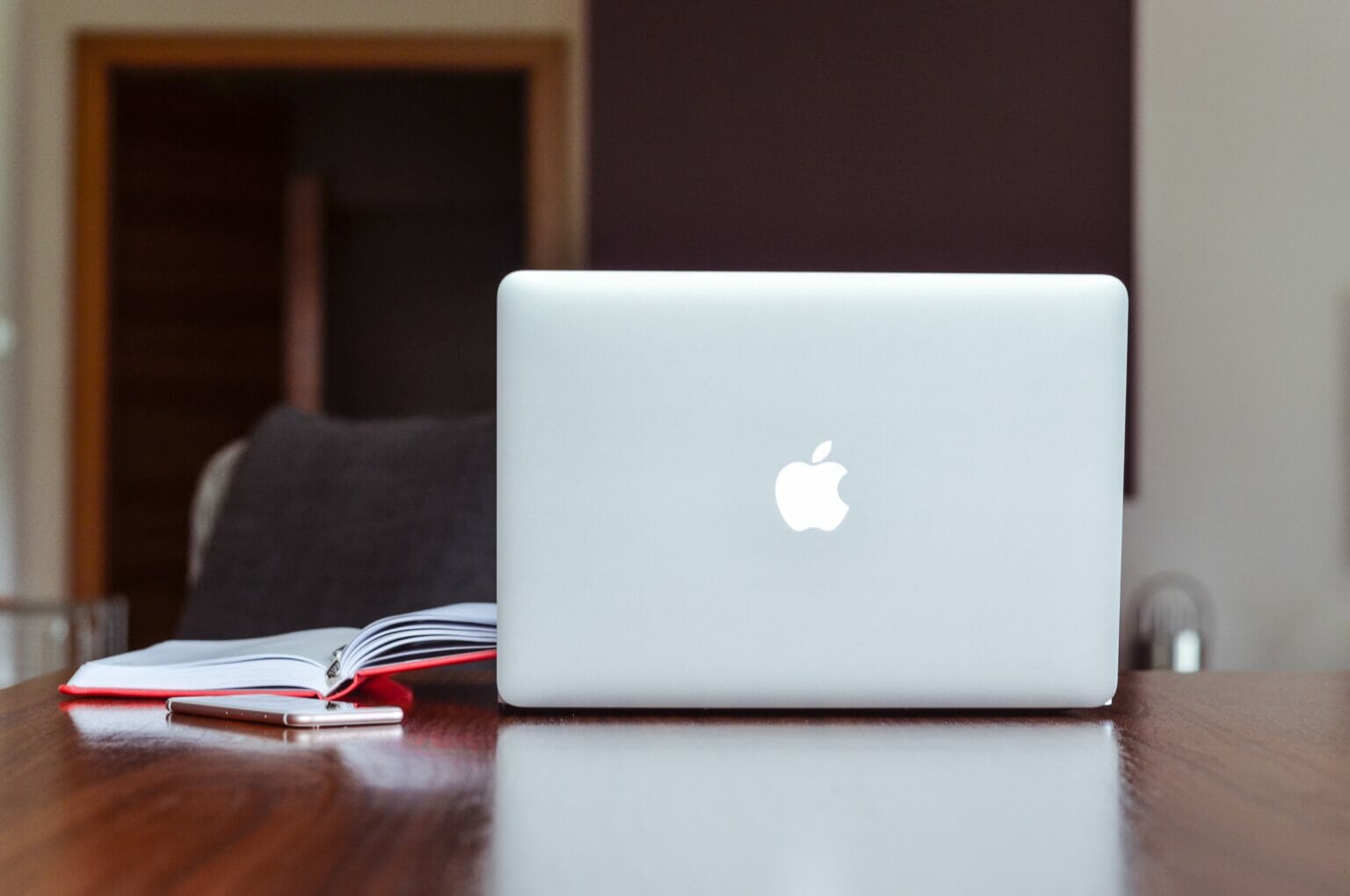The tech giant gives local workers more power and uses live streaming and augmented reality to make sure products made in China come out on time.
Before the pandemic, Apple Inc. AAPL-0.49%decrease; red down pointing triangle sent hundreds of U.S. engineers to China every month to oversee the contract manufacturers who make most of its products.
In a change, the global tech giant is now relying more on engineers in their own countries.
Since 2014, most Apple engineers from the United States have not been able to go to China because of strict border controls meant to keep the COVID-19 virus away. People who know about the situation say that new iPhone models for 2020 were delayed, but that Apple has mostly kept up with its annual product cycle since then by putting more attention on localization.
People say that Apple’s engineers in China have been given more work to do to keep the cycle going. The power change shows how Apple and other foreign companies have been training engineers and technicians in China for decades, so their technical skills are getting better and better.
People said that the company that makes the iPhone has also started using technology, like live-streaming, that lets people at its headquarters in Cupertino, California, see what’s going on in its factories in China. One of the people said that Apple has used iPads to talk to each other and augmented reality tools to help tech experts in Cupertino check factory problems.
Most Apple products are made in China by companies like Foxconn Technology Group and Pegatron Corp., which have plants all over the country.
People said that Cupertino is still the place where important decisions are made and where important tasks like designing products are done. One of the people said that some engineers have made it to China, though not as many as in the past.
Apple didn’t respond to requests for comment.

Apple warned last month that the return of COVID-19 in China could cut sales by up to $8 billion in the current quarter. Apple’s supply chain in China has been messed up for weeks because many of its suppliers are in and around Shanghai. Shanghai has been under lockdown for more than a month, and the areas around it also have strict COVID-control measures and logistical snarls.
China still makes it hard for foreigners to get visas, and those who do get in have to stay in quarantine at government facilities for a few weeks. Because of this, many companies don’t send as many workers to the country as they used to, either on business trips or for longer jobs.
In a survey released by the American Chamber of Commerce in China on Monday, 74% of members who answered said that the country’s strict COVID-19 policies had made it harder for them to hire or keep skilled foreign workers. A third also said that the latest COVID-19 outbreak in China made senior executives or important foreign talent turn down jobs there.
Industry veterans say that the difficulty of bringing in employees, who are often still needed for specific technical expertise, may have another effect: it may cause Western businesses that want to invest in new projects or production lines to look for places that are easier for executives or employees to get to.
Still, Apple is known for making decisions in a centralised way, so a localization policy stands out. Volkswagen AG, the biggest foreign automaker in China, is also taking steps to bring more jobs back to China.
Stephan Wollenstein, VW’s China CEO, said in January that the company plans to cut the number of expat workers in China by 30% over the next two to three years, to about 1,000. He said that the car company still needs help from expats to bring in new technologies or get factories up and running, but China’s travel restrictions mean that not as many people want to come these days.
A survey of almost 400 members of the European Union Chamber of Commerce in China and released last week found that 65% of mid-level staff, 62% of senior staff, and 60% of junior staff plan to move to China in the next year.
In a survey done by the German Chamber of Commerce in China and released in January, 30% of members who answered said that their China-based subsidiaries have become better at making decisions over the past two years. Only 8% said that power had gone down.
Many foreign companies have been worried about technology theft for a long time when they hire Chinese workers or do research and development there.
The head of the EU Chamber, Jorg Wuttke, said that hiring local workers is just one of many risks that come with technology theft.
“The threat of people stealing technology can be managed with electronic checks and balances,” he said. He also said that companies face other, more serious risks, like China’s requirement that they give information to the government when shipping data overseas.
According to posters from United Airlines Holdings Inc. that went around on Twitter in 2019 and were confirmed by the airline at the time, Apple used to book 50 business-class seats every day between San Francisco and Shanghai’s Pudong airport. The route brought in $35 million for United every year.
But when COVID-19 broke out at the beginning of 2020, Apple stopped sending battalions of engineers to help. One to two months later than usual, this year’s new iPhone models came out.
People who know about the situation say that Apple used technology to manage manufacturing processes from afar. The Wall Street Journal says that in 2020, Apple’s U.S. engineering team used video calls to show Chinese workers how to put together iPhone prototypes at factories in Asia.
People who were familiar with the practise said that at first, engineers in China were the eyes and ears of their colleagues in the U.S., but over time, they were given more power to solve problems on their own.
For example, engineers in China would not just send product and assembly information to Cupertino for a decision but would also include their own analysis. People said that engineers in China who would have told Cupertino about problems in the past would instead send ideas for how to fix the problems.
